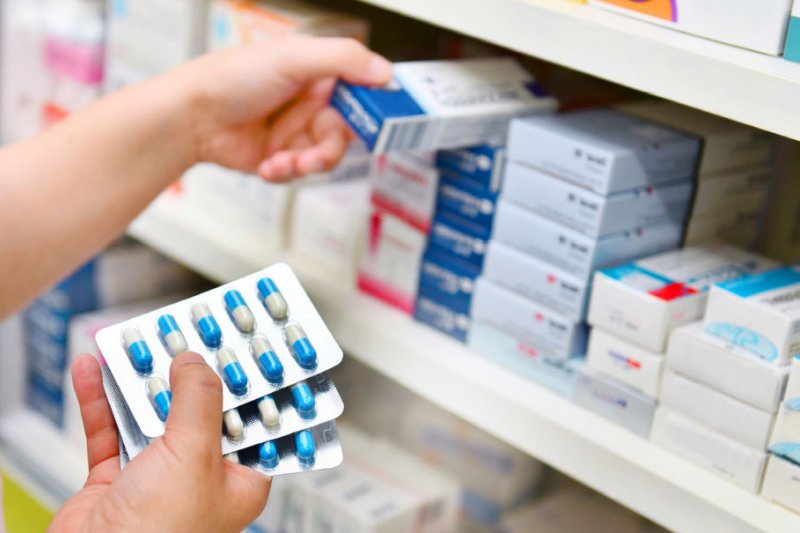Albania Lacks Access to Innovative Treatments on Cancer
Cancer and rare diseases "kill" thousands of people during a year, also because Albania does not have access to new innovative therapies that treat these diseases.
From 2017 to 2020, Albania included in the reimbursement list only 5 new drugs out of 160 that came into use in European countries. For the treatment of rare diseases, in this period, Albania did not include any new drugs in the reimbursement list, while countries in Europe, 57 drugs.
Statistics show a rapid spread of cancer and the burden of disease, but funding for reimbursement remains stagnant.
As a country where poverty is present in 30% of the population and the public budget has limited capacities for health, Albanian patients suffer from a deep lack of innovative therapies that could save thousands of lives, especially from timely detection and treatment of neoplasms.
From 2017 to 2020, the European Union has approved about 160 new drugs that treat various diseases, but in Albania, during the same period, only 5 of them were included in the reimbursement lists.
A recent study by IQVIA (a multinational company serving the combined health information technology and clinical research industries) found that Albania has the lowest presence of new drugs, by a wide margin with neighbors such as North Macedonia, Serbia, which have respectively approved 11 and 17 new medications each.
Sources from the Association of Pharmacists of Albania said that the lack of new drugs in the market is related to the low budget funds for their reimbursement. These medications are usually expensive and states include them on the reimbursement list.
Companies are not interested in bringing these drugs to the market, unless they are included in the reimbursement, since all over the world, their distribution to patients is covered by the public budget.
The IQVIA study shows that of the 160 new medications that were approved for use, 74 of them, or about 46%, are available to patients in the EU, while in Albania, only 3% of them are available.
The National Agency of Medicines and Medical Devices, in a special explanation, evidenced that, from 2017 to 2020, it has granted Marketing Authorization in the Republic of Albania, for about 194 antitumor drugs, including 10 "Orphan" drugs, through Accelerated Procedure, 30 days from the date of application.
But the Association of Pharmacists of Albania explained that the registration of pharmaceutical products does not mean that they can be found on the market. The monthly cost of a new medication exceeds 500 euros per month and the ability to buy it on the free market is only for patients who can be counted on the fingers of the hand, while thousands of people need the medication.
"The drug becomes usable when it is included in the reimbursement list. Albania has a medication reimbursement fund of only 100 million dollars per month, while the countries of the region and Europe, up to 10 times higher", explained the association.
Furthermore, the association explained that the use of new drugs for Albanian patients is made possible by the reimbursement list, which is administered by the Compulsory Health Insurance Fund (FSDKSH). But FSDKSH did not respond to the interest regarding the structure of the health insurance budget and inclusion in the list of new therapies, until the moment when this article was written.
Because the market for expensive medicines is directly related to the reimbursement list, large pharmaceutical companies are reviewing their position in Albania, with the prospect of closing subsidiaries.
Medication reimbursement fund this year is about 11 billion ALL.
Health Insurance Fund's budget has increased year after year, but the growth rates have not been the same for the drug reimbursement fund. In 2019, funds for drug reimbursement occupied 27% of the total health insurance budget, while in 2022, they are planned to occupy only 23% of the total insurance budget.
Budget of the Compulsory Health Insurance Fund (FSDKSH) has increased year after year, but the increase has mostly gone to finance contracts with Public-Private Partnerships, such as basic medical check-up (check-up, sterilization of surgical tools, dialysis and recently laboratory). In 2020, expenses for concession payments accounted for 4.6% of the total expenses of the Insurance Fund.
(Source: Monitor)













